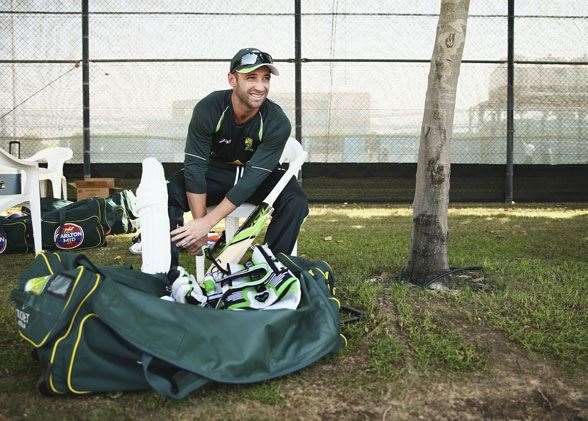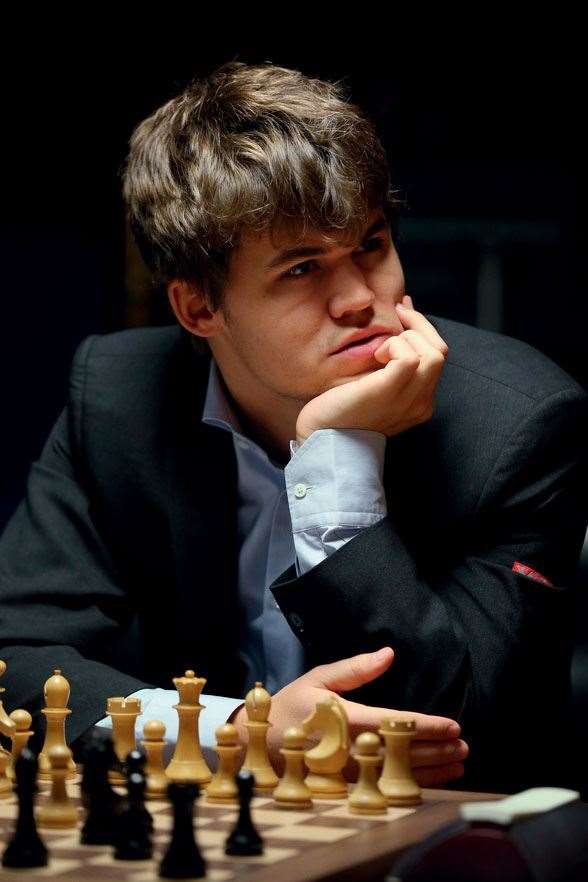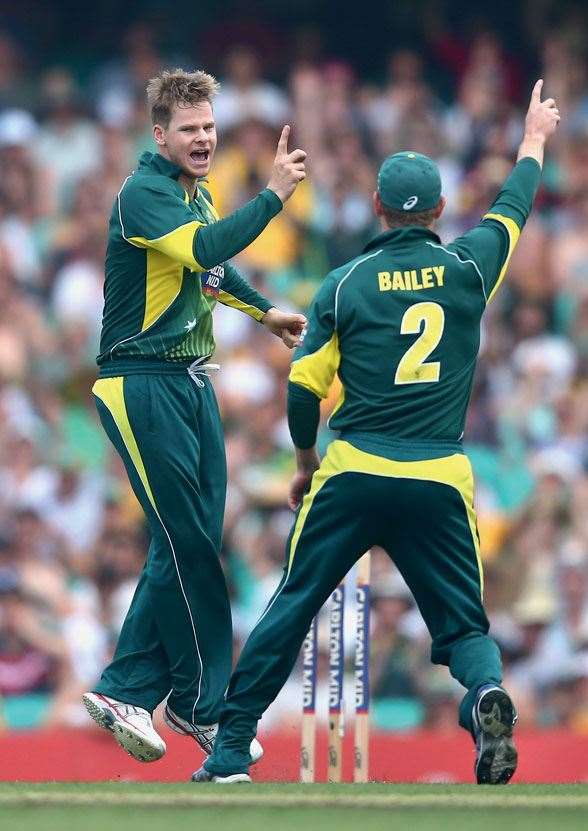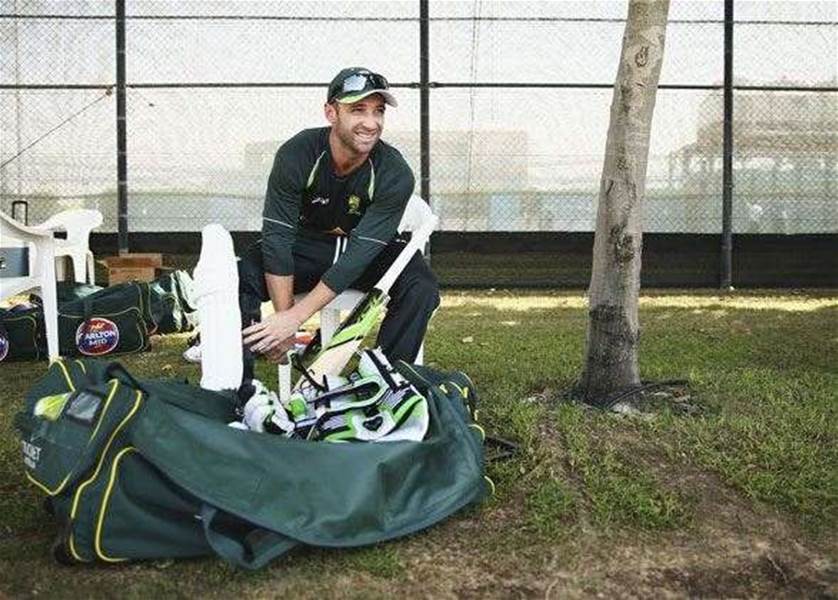Tribute to Aussie cricket's good guy, plus all the other champs from past month.
WINNER: PHIL HUGHES
Sport gives us a steady diet of winners and losers to talk about and obsess over; sometimes, it also reminds us what’s really important. It’s no exaggeration to say that the death of Phil Hughes is the saddest day that Australian cricket will experience, a moment that puts all the passion and mania that our most beloved pastimes bring forth into the proper perspective. Hughes, just shy of his 26th birthday, had played 26 Tests and was poised for a return to the highest level of the sport. Known for his idiosyncratic technique at the crease when he first broke into the Test ranks, his talent was also undeniable, becoming the youngest Australian player to score two centuries in a Test. He was seemingly following the path of many talented batsmen before him, working away and improving to become a fixture in the baggy green.
A promising talent unrealised, a young life cut short, is a distinct form of tragedy. But Hughes’ death has also resonated in the wider world because of how it occurred – in the pursuit of his craft, in the normal and almost mundane-looking course of a game, in a manner that many wouldn’t consider possible in this day and age. There will be much said about what can be done to ensure greater safety for our athletes, and counter-claims about what is the proper level of risk involved when they take to the field.
In the aftermath of such a shock, this is perhaps not the best time to ask such questions or to demand answers. Rather, the best response is to take renewed appreciation for the dangers that our elite sportspeople brave, and to bear in mind that the rush of blood we often feel as fans in those moments entails some very real consequences. We won’t soon forget Phil Hughes, and we should remind ourselves of what’s important.
WINNER: LEWIS HAMILTON
In the midst of Sebastian Vettel’s dominant four-year run atop Formula One, it was tempting to believe that no one might ever break his hold on the championship. But in this season of change in F1, Lewis Hamilton (pictured above) emerged to claim a second career title, and one that was long-awaited. After that breakthrough at McLaren in 2008, much was expected of the young Englishman. But as sport has its ways of defying notions of destiny, Hamilton was made to work for that elusive follow-up, and had to brave a switch to Mercedes to achieve it. His victory puts him in the class of British motoring legends such as Jim Clark and Graham Hill, and puts forward a tantalising prospect of a F1 future where he’ll be pushed faster by team-mate Nico Rosberg, Daniel Ricciardo leading Red Bull, and Vettel behind the wheel of a Ferrari.
WINNER: SCANDINAVIAN BOARD GAMERS
Perhaps it’s because their climate forces them to stay indoors for long stretches of the year, but the pre-eminence of Scandinavian board gamers can’t be denied. In the past month, two of the world’s most significant pastimes were claimed for Northern Europe. First, Swede Martin Jacobson won the World Series of Poker main event, playing some superb cards to go from the second-smallest stack at the final table to the $10 million prize. Incidentally, the second-place finisher was a Norwegian, Felix Stephensen. While Norway missed out in Vegas, it had its victory in the World Chess Championship, as Magnus Carlsen (pictured) retained his title against Viswanathan Anand in Sochi. The 23-year-old Carlsen confirmed his status as the game’s new-era star, but he was pushed by the four-time world champion Anand, who gave a better showing than in his loss to Carlsen last year in India. And kudos to one non-Scandinavian – Craig Beevers became the first Briton in two decades to claim the Scrabble world championship ...
WINNER: ONE-DAYERS ARE REAL CRICKET?
A funny thing is happening on the way to the ICC World Cup: are we actually warming to the notion that one-dayers are real cricket? It’s a prime case of unintended consequences – T20 was conceived as rejuvenating the limited-overs form by subtracting the tedious middle overs, but has it instead given us renewed appreciation for the 50-over form?
T20 is developing neatly in its own right, but as we’re increasingly discovering, it’s so different from its parent as to almost be considered a new sport – beach volleyball to indoor. Cricket, as the blogger and architecture doctoral candidate Kartikeya Date notes, is a game that requires a particular equilibrium of time and space. And where T20 does not quite achieve that proper balance, it highlights the value of the established one-day game.
The recent one-day international series between Australia and South Africa was validation: games in which innings were built, momentum swung and still featured all the kinetic quality of the best modern cricket. Indeed, much as one-day cricket infused new levels of skill and athleticism into Test match play, T20 has done the same to the ODI – one only has to look at Rohit Sharma’s record-264 against Sri Lanka to know that the possibilities of the game continue to be pushed outward. Fifty overs a side is still the viable way to determine the cricket world’s champion side, something which has us eager when the World Cup begins on February 14.
Related Articles

We need to formalise the ownership of bragging rights

FIFA earning high praise for its widespread reforms

















